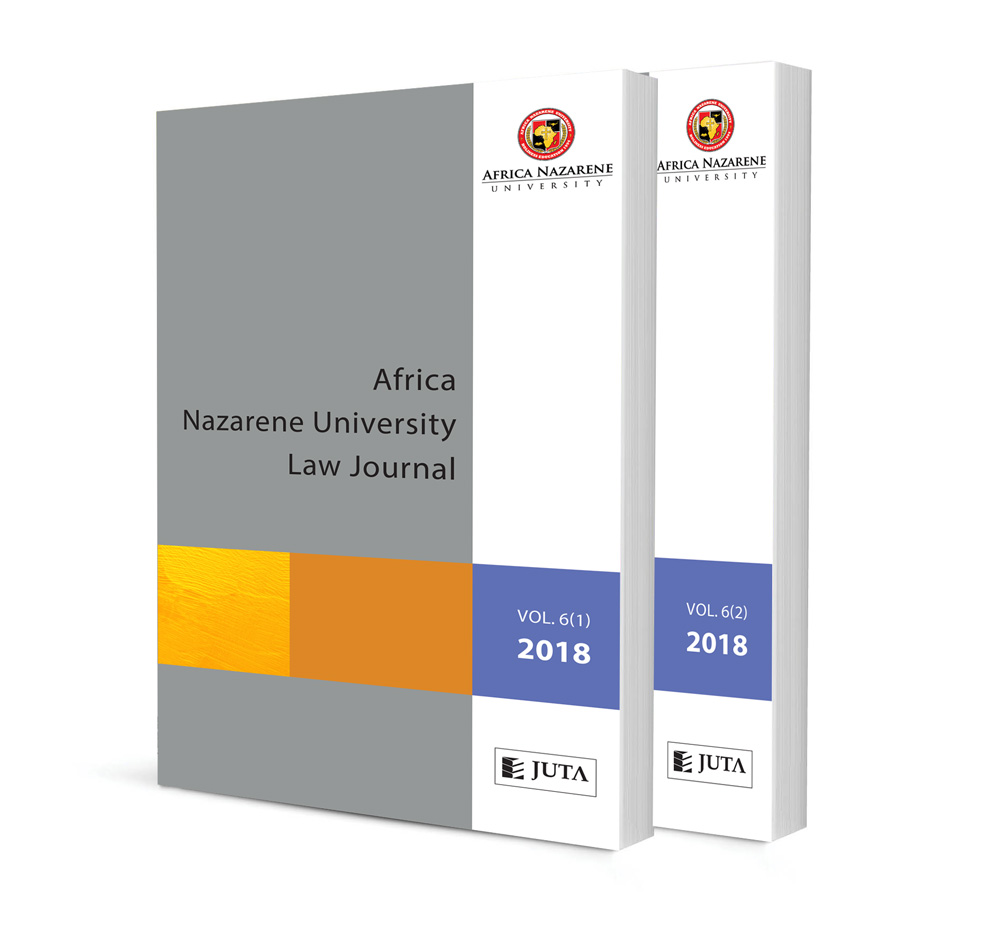
Challenges Presented to the Legal Regime by the Emergence of Private Military Contractors
Authors Kenneth Wyne Mutuma
ISSN: 2521-2613
Affiliations: Lecturer, School of Law, University of Nairobi
Source: Africa Nazarene University Law Journal, 2015, Issue 2, p. 1 – 34
Abstract
The past two decades have witnessed the emergence and rapid growth of private military and security contractors (PMSCs). Today, these corporate entities make up a global security industry based on the provision of security services to both state and non-state clientele across the world, whose value is over 100 United States billion dollars. Although their initial rise was intimately associated with post-Cold War factors, and was expected to taper off with the decline of such factors, these speculations have not materialised. Instead, the gap presented by the demand for and supply of security services, especially with the advent of the war on terrorism, has bolstered their growth to the point that the world’s leading military power, the United States of America (USA), has become dependent upon these actors. It is not surprising that their rapid rise has sparked enormous interest regarding their activities. In particular, the services of PMSCs during armed conflict have generated intense debates on how they should be viewed and treated. These debates have intensified as high profile PMSCs have been forced to submit to the scrutiny of the public because of their use of violence in scenarios that amount to gross violations of human rights and humanitarian law. Even far more significant is the underlying question of the nature of the services that the PMSCs carry out in the battlefield, including services that constitute direct participation in hostilities. In addition, there is the question of whether the current legal regime governing armed conflict foresees, and adequately caters for, this peculiarity. International humanitarian law classifies all actors operating in armed conflicts as either combatants or civilians, conferring rights and obligations upon them on the basis of where they fall in this divide. On that basis, this article seeks to ascertain on which side of the dichotomy these actors are classified. It concludes that the majority of PMSC personnel will be considered as civilians, which is a contradiction in view of the reality of their activities. It is on the basis of that reality that the article proceeds to discuss the challenges that arise from the current classification of PMSCs.